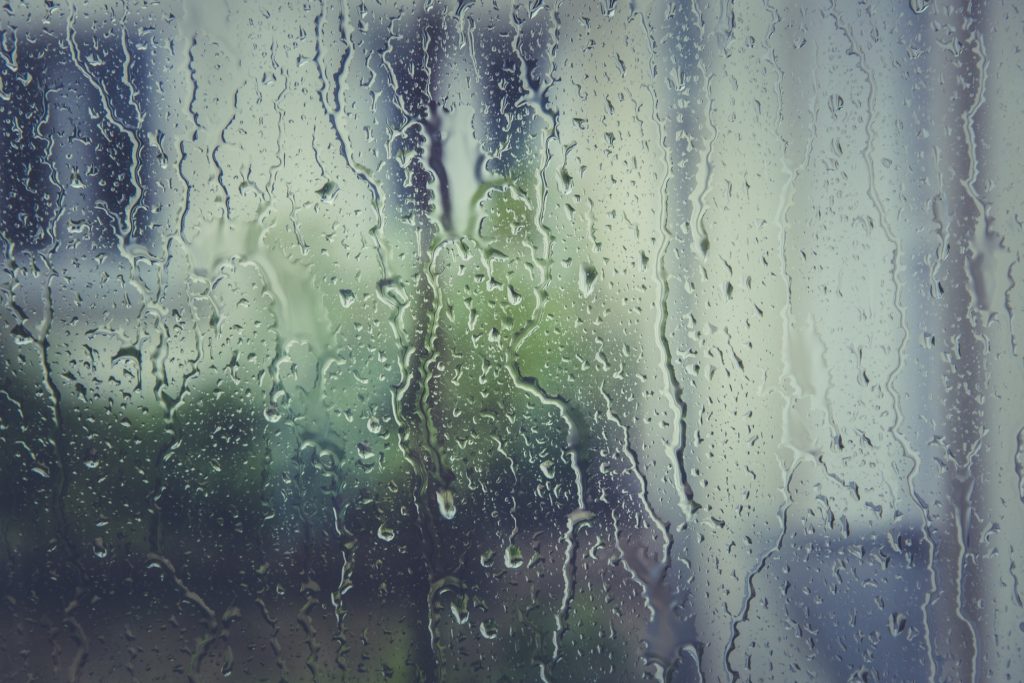Another severe cold front is on its way to the Western Cape, bringing turbulent weather with it.
The South African Weather Service (SAWS) has issued a weather warning for marine and coastal communities to be extremely wary as the intense cold front enters the Cape early Monday morning [July 13].

⚠️Intense #ColdFront expected in the Western Cape tomorrow (13 July 2020). Main impacts will be from wind. Here’s the Alerts. Stay safe. pic.twitter.com/B6jc5mEGu0
— SA Weather Service (@SAWeatherServic) July 12, 2020
Santam, South Africa’s largest general insurer, has cautioned Cape Town residents to be careful and to exercise extreme vigilance in the wake of the severe weather conditions predicted for the city and the surrounding areas.
“Being as prepared as possible will help prevent flooding damaging your property or even decreasing the risk of a flood-related car accident,” said Marius Neethling, Personal Lines Underwriting Manager at Santam.
Here are some tips for homeowners and motorists to keep in mind:
Precautions for motorists:
– Avoid areas and traffic routes where flooding has been reported.
– Monitor local weather and traffic reports and plan your route accordingly to avoid areas where severe weather (high winds, storm sea surge and potential flooding) can be expected.
– Reduce driving speed in rainy conditions and increase your following distance from the vehicle in front of you.
– Be alert and aware of the road conditions in front of you.
– Be particularly aware of the vehicles around you in times of poor visibility.
– Ensure that your headlights are switched on.
– Obey the rules of the road, especially any temporary signage or hazard warnings around flooding.
– Avoid braking suddenly as this could cause your vehicle to skid or hydroplane.
– Ensure that your windscreen wiper blades and brake pads are in top condition.
Precautions for homeowners:
Last-minute measures homeowners can take if water levels rise
– Clear gutters and drains. It is important to clear gutters of leaves, twigs and any other debris regularly which will prevent the build-up of water and reduce potential flooding.
– If your home is on a slope, make sure that the water outflow is unrestricted. Speak to your neighbour if water has to pass through their yard.
– Move furniture, electronic equipment and valuables out of harm’s way, lift them off the floor.
In the event of flooding
– Shut-off electricity at the main distribution board.
– Those using sandbags must ensure that cloth is installed between the layers. The cloth becomes saturated and forms a more watertight insulation in between the bags, thereby not allowing the water through.
Practical steps to avoid future damage from flood water
– Make sure that the electrical points, plugs, fixed heaters and even wiring are at least 300mm above expected flood levels.
– The slope of your property can direct water into or from your house. Observe where the water accumulates and flows. Where possible place drainage grids at the catchment points with better and deeper drainage ports. Ensure that the outflow from the roof gets to the street as quickly as possible.
– Those with large, flat gardens that have attenuation problems can install a perforated 110mm pipe. The pipe must be seated into a bed of gravel and this can be buried 350-450 mm below the worst areas. This allows easy absorption and is a very cost-effective method.
Picture: Pixabay

